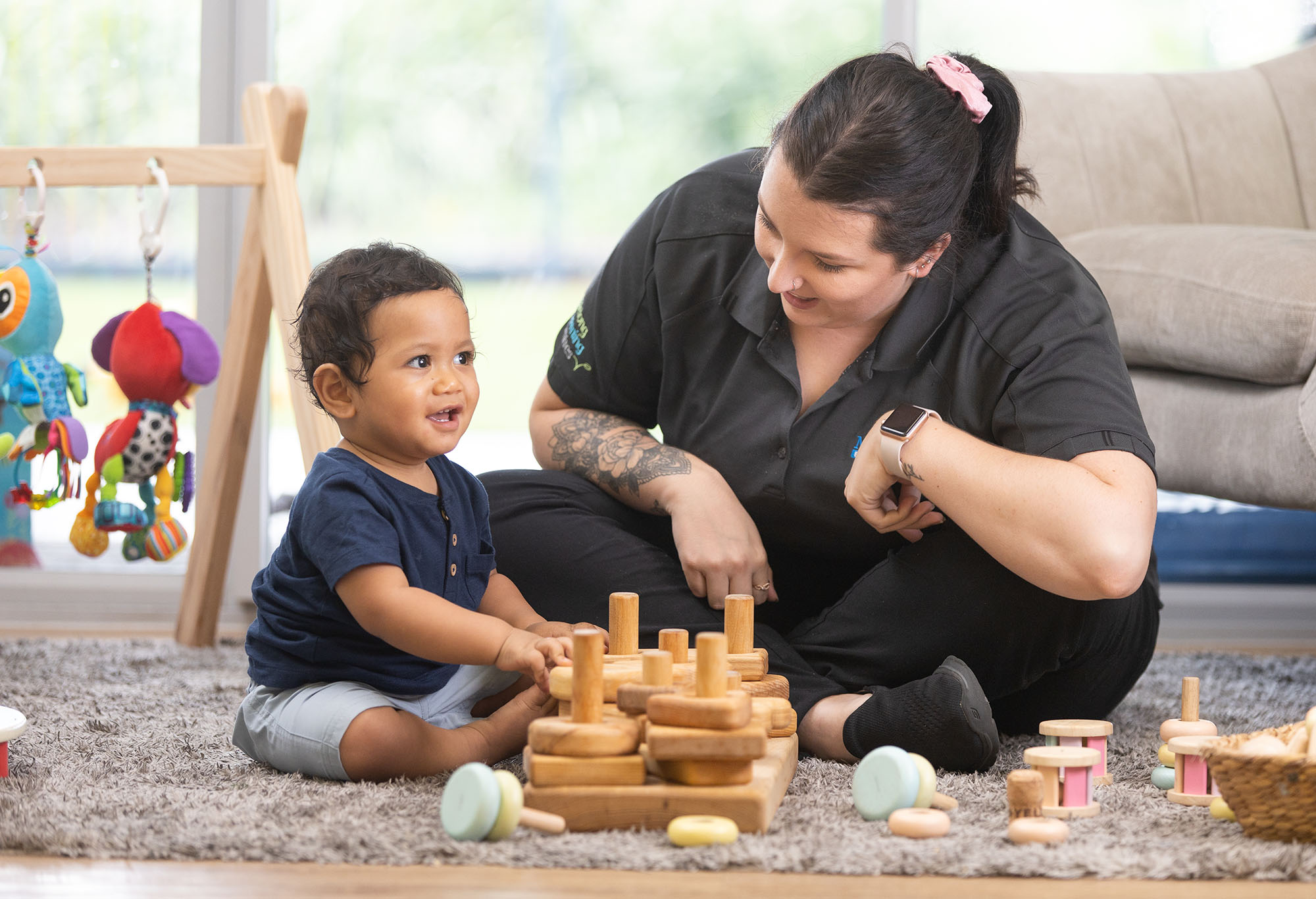
Early exposure to STEM (Science, Technology, Engineering, and Mathematics) is essential for closing the gender gap in these fields. This blog explores how introducing STEM concepts early can challenge stereotypes, build confidence, provide equal opportunities, and create inclusive environments for girls. Additionally, it highlights the importance of role models, engaging activities, and continuous support from parents and communities in fostering girls' interest and participation in STEM.
What is STEM?
STEM stands for Science, Technology, Engineering, and Mathematics. It is an interdisciplinary approach to education that integrates these four disciplines to provide students with a comprehensive understanding of how they interconnect and apply to real-world problems. STEM education is essential, as it equips children with the skills, knowledge, and mindset needed to succeed in a rapidly evolving world. It fosters a lifelong love of learning and prepares students to tackle the challenges and opportunities of the future with confidence and creativity.
Closing the Gender Gap in STEM Fields
The gender gap in STEM fields in Australia is significant. According to the Australian Government, girls perform similarly to boys in early assessments but participate less in advanced STEM subjects by Year 12. This underrepresentation continues into tertiary education and the workforce, particularly in IT and engineering. Contributing factors include cultural stereotypes, lack of female role models, and workplace biases, among other things, and these issues lead to fewer women in senior roles, lower pay, and higher attrition rates in STEM careers.
On a positive note, however, evidence suggests that early exposure to STEM can play an important role in closing the gender gap in STEM fields. Here's how:
Challenging Stereotypes
Introducing STEM concepts early helps dismantle stereotypes that suggest these fields are more suitable for boys. By seeing female role models and engaging in STEM activities, girls can develop a strong sense of belonging and competence in these areas.
Building Confidence
Positive early experiences with STEM can boost girls' confidence in their abilities. Hands-on activities that emphasise problem-solving and creativity can help girls build a solid foundation and a belief in their capabilities.
Providing Equal Opportunities
Ensuring that girls have equal access to STEM resources, such as educational materials, extracurricular activities, and mentorship programs, helps level the playing field. This equal access allows girls to explore and excel in STEM subjects from a young age.
Creating Inclusive Environments
Schools and educational programs that promote an inclusive environment can encourage girls to pursue STEM. This includes using gender-neutral teaching materials and creating a supportive atmosphere where all students feel valued.
Encouraging Role Models & Mentors
Connecting girls with female role models and mentors in STEM can provide inspiration and practical guidance. Seeing successful women in these fields can help girls envision themselves in similar roles and understand the pathways to achieving their goals.
Fostering Interest Through Engaging Activities
STEM activities that are interactive and fun can spark and sustain girls' interest. By incorporating STEM into play and everyday learning, girls can see the relevance and excitement of these fields.
Promoting Collaboration & Teamwork
Many STEM activities involve collaborative projects, which can help girls develop communication and teamwork skills. These experiences can make STEM more appealing and accessible by highlighting the social and cooperative aspects of these fields.
Encouraging Parental & Community Support
Educating parents and communities about the importance of STEM for girls can foster a supportive environment at home and beyond. Encouragement and reinforcement from parents can significantly influence girls' interest and confidence in STEM.
Addressing Bias & Discrimination
Early education can play a role in addressing biases and discriminatory practices that deter girls from pursuing STEM. Teaching about gender equality and the value of diversity helps create a more inclusive culture.
Sustaining Interest Through Continuous Engagement
Providing ongoing opportunities for girls to engage with STEM throughout their education ensures that their interest is nurtured and developed. Continuous engagement helps prevent the drop-off in interest that often occurs as girls grow older.
STEM Education at Milestones
STEM education is an important component of the Lifelong Learning Curriculum at Milestones, particularly as part of our School Readiness program.
Our Big Thinkers STEM program focuses on engaging children's interest in Science, Technology, Engineering and Mathematics, and covers topics like natural science, weather, physics, and biology using a learning-through-play and hands-on approach.
